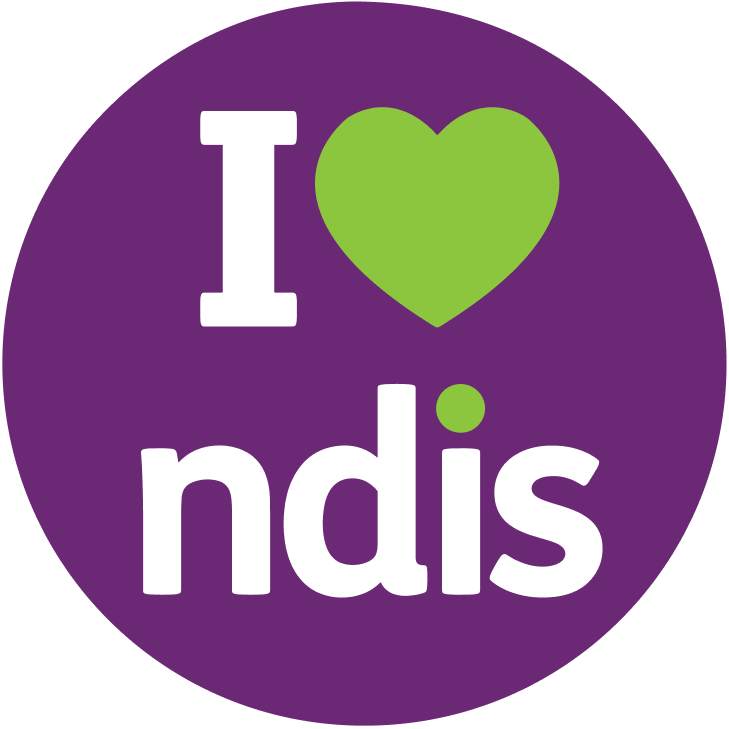How to be a good multidisciplinary clinician

There is no such thing as a typical multidisciplinary team! As a result, there is no magic formula when it comes to working with multidisciplinary teams. It is important to take into account a variety of ever-changing factors. In this guide, we outline some tips for working in a multidisciplinary manner as well as some things you might want to consider around team roles, communication and the sharing of information and resources.
Joining a pre-existing team.
Consider the members of the team
- The first step in learning about a new client is to understand who spends the most time with them and who is most likely to contribute to their learning and development. The care team consists of these individuals. Among these people could be: Parents, Wider family, family friends, after-school or day centre worker, school teachers, teacher aide, support worker, staff at a residential facility, other Allied Health Professionals, paediatricians, general practitioners, psychiatrists, neurologist geneticists, social workers, and plan coordinators, managers, and coordinators. For every client, it will be different.
- It is important to understand the level of communication and transparency within the team and the strength of the team’s relationships with one another. You can obtain this information by asking the client or family the following questions:
- How often are you in contact with team member X?
- How is that service for you? -How much time does the child spend with X?
It can be useful to ask if there are any things team members do that work particularly well for the family, or if there are any things that don’t work well. This can give useful isight into the families preferences around ways of working and interacting with professionals.
- It is also important to discuss with the client and their family whether they have any concerns with you communicating with other team members. Some clients may elect for you to not communicate with another therapist, this is the client’s choice and control over how their services are provided.
Roles and Role clarity
- See the table here for an overview of the roles and responsibilities of each member in care teams. These will differ from team to team so it is good to clarify.
- Creating a document that describes who is in your team and their roles and responsibilities can be helpful in a complex team situation. This can be set up as a shared document and details can be filled out by each team member. Below is a template you can use to create a shared document.
| Name | Role | Contact details | Goals | Responsibilities |
| Example: Claire Esterman |
Speech pathologist | Claire@allyassist.com.au | Improving functional communication.
Upskilling school team. |
Weekly sessions with C.J
Sending the team session notes Liaising with school team to support with implementing strategies |
- It is important to establish if there is a key worker (someone who holds the overview of the client’s professional services and acts as the family’s main point of contact). There are times when this person holds the title of “key worker” but at other times this role is less formal; it may be the professional the family sees most often or who has worked with them for the longest. If there is a key worker it is helpful to connect with this person to gain additional information before working with the client.
Establishing an Allied health team
- It is important to do a thorough assessment to identify if additional Allied health support is needed if you are the first Allied health professional on a client’s team. Make referral requests as soon as possible since referrals take a long time.
- When additional team members come on board it can be useful to exchange contact details and call them to build rapport and talk through the clients goals and progress.
- New professionals joining a clients team will be interested to read through any reports or documentation so it can be useful to email them these, or to create a shared folder to store and share relevant client information.
Team meetings
- It is appropriate to call a team meeting at any point if you feel it would be useful to clarify roles, all get on the same page, review or set goals, discuss an upcoming review or discuss a funding appeal.
- Usually, teams would not meet more than once a term however exceptions would be made to this rule in complex cases.
- If you call a team meeting expect to lead it. See more on leading a team meeting below.
- If you are leading the meeting you can request that another professional take notes and email them out. The appropriate person may be another therapist or a school coordinator.
- It is useful to book a time for your next meeting while you have everyone in attendance.
- When you are new to a role, it can be helpful to explain to your team that you might have questions or require clarification. Members of your team are likely to be eager to assist you in your efforts if they have access to this additional information. Please do not be shy about asking questions. Every team is different, so any ambiguities should be clarified.
- School meetings such as SSGs will be lead by someone from the child’s school team.
Leading a meeting
Each meeting will look different and have different components based on the purpose of the meeting. However, here is a basic outline that you can use and adapt to lead various client-related meetings.
- Start by outlining the purpose of the meeting, introducing yourself to the team (your name, roles and context in which you know the client), thanking everyone for attending, and establishing who will take and send the notes.
- Prompt for different attendees to introduce themselves. Check if there is anyone who could not attend but would like to be sent emails or follow-ups.
- Recap the plan and goals, if this is a follow-up meeting recap the outcomes and action items from the previous meeting.
- Discuss the work you have been doing with the client outline any challenges or insights.
- Prompt for other professionals to do the same. Throughout this, it is likely that the team will openly discuss barriers and challenges and suggest potential solutions.
- Discuss the next steps for the client, establish team priorities and any actions that different team members need to take prior to the next meeting.
Reports and collaborative report writing
- Fora AHPs who work with the same client will collaborate on the same report.
- If there are AHPs from other companies working with the client, they will likely use their own templates.
- Check-in with the family once you’ve written the report before sharing it. Reviewing the reports from other disciplines to gain a holistic understanding of your client will be useful.
Claire
Fora's Speech Pathology team





